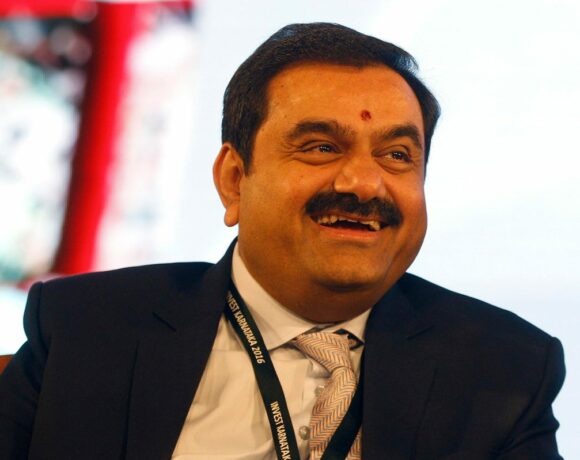The Marvel of Speech: 100 Muscles at Work

Communication is a fundamental aspect of human interaction, and it’s something we often take for granted. Whether we’re chatting with a friend, giving a presentation, or simply ordering a cup of coffee, speaking is a complex and intricate process. What many people don’t realize is that it involves the coordinated effort of about 100 different muscles in our bodies. Let’s dive into the fascinating world of speech and explore how these muscles work together to allow us to express ourselves.
The Powerhouse: The Vocal Cords
At the center of speech production are the vocal cords, two small folds of tissue in the larynx, commonly known as the voice box. These two muscles, the thyroarytenoid and the cricothyroid, play a pivotal role in generating sound. When we speak, these muscles contract and relax, creating vibrations that produce the fundamental frequency of our voice.
The Art of Articulation: Facial Muscles
Ever wonder how you shape your words? Your facial muscles are responsible for this fine-tuned task. Muscles around your lips, cheeks, and tongue help you form various sounds by altering the shape and size of your oral cavity. The orbicularis oris muscle, for example, allows you to purse your lips for the “oo” sound, while the zygomaticus major muscles contribute to your smile when you say “cheese.”
Breathing Life into Speech: Respiratory Muscles
Behind the scenes, our respiratory muscles play a crucial role in supplying the necessary airflow for speech. The diaphragm, intercostal muscles, and abdominal muscles work together to regulate the flow of air from our lungs. This controlled airstream is then manipulated by the vocal cords and articulatory muscles to produce the rich tapestry of sounds that make up speech.
Tongue Twisters: The Tongue and Its Muscles
The tongue is a remarkable organ with intricate muscles that help us create a wide range of sounds. The intrinsic and extrinsic muscles of the tongue work in harmony to move it forward, backward, up, and down. This flexibility enables us to pronounce words with precision and clarity, from the tip of the tongue to the back of the mouth.
The Power of Nonverbal Communication: Facial Expressions
Beyond spoken words, our faces convey a wealth of nonverbal information. Muscles like the frontalis, corrugator supercilii, and orbicularis oculi allow us to raise our eyebrows, furrow our brows, and smile. These movements complement our speech and help convey emotions, making our communication more nuanced and complete.
The Subtlest of Sounds: Vocal Fry and Whispering
Even when we speak softly or employ vocal fry (a creaky or low-pitched voice), muscles still play a vital role. Controlling the tension in the vocal cords and adjusting the airflow remain important aspects of speech, ensuring that even the subtlest sounds are produced accurately.
Speech as a Symphony of Muscles
In essence, speaking is a symphony of approximately 100 different muscles working in harmony. From the diaphragm’s initial breath to the delicate movements of the tongue and lips, our bodies coordinate a remarkable effort to convey our thoughts, feelings, and ideas through speech. So, the next time you engage in a conversation, take a moment to appreciate the intricate dance of muscles that allows us to communicate with one another—it’s a true marvel of human biology.
Picture Courtesy: Google/images are subject to copyright








